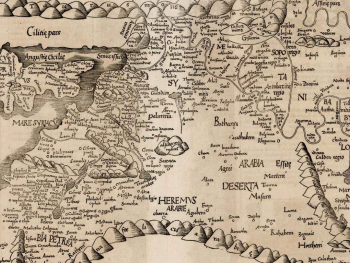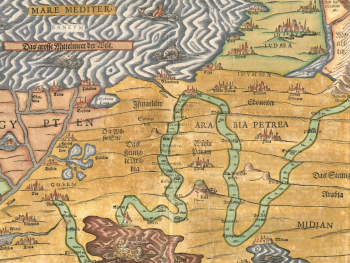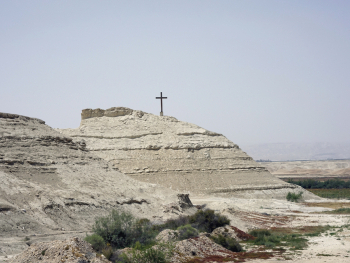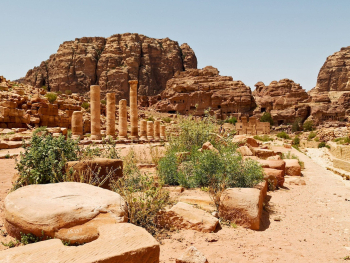The ministry of Jesus Christ, as recorded in the Gospels of the New Testament, is a central aspect of Christian faith and theology. From his birth in Bethlehem to his crucifixion and resurrection in Jerusalem, Jesus' life and teachings are intimately connected to the landscapes of ancient Palestine. By mapping out the geographical locations mentioned in the Gospels, we can trace the footsteps of Jesus and gain a deeper understanding of the places where he lived, preached, and performed miracles. Join us on a journey to explore the mapping of Jesus' ministry and the significance of the sites he visited.
- Birth and Childhood: Jesus' ministry begins in the humble town of Bethlehem, where he was born according to biblical tradition. Mapping out Bethlehem and its surrounding areas allows us to visualize the landscape of Jesus' infancy and early childhood. From Bethlehem, Jesus' family fled to Egypt to escape King Herod's persecution, highlighting the geopolitical context of his early years. Mapping these locations helps us understand the broader historical and cultural backdrop of Jesus' upbringing.
- Galilean Ministry: Much of Jesus' ministry took place in the region of Galilee, a picturesque landscape of rolling hills, fertile valleys, and freshwater lakes. Mapping out the towns and villages of Galilee mentioned in the Gospels, such as Nazareth, Capernaum, and Bethsaida, allows us to trace Jesus' footsteps as he preached the message of the kingdom of God. The Sea of Galilee, also known as Lake Tiberias, served as a central hub for Jesus' ministry, where he performed miracles such as walking on water and calming the storm.
- Judean Ministry: Jesus' ministry extended beyond Galilee into the region of Judea, with Jerusalem as its focal point. Mapping out the journey from Galilee to Jerusalem, including stops along the way in towns like Jericho and Bethany, provides insights into the geographical context of Jesus' final days. Jerusalem, with its temple complex and bustling streets, served as the backdrop for pivotal events such as Jesus' triumphal entry, his cleansing of the temple, and his last supper with his disciples.
- The Passion and Resurrection: Mapping out the events of Jesus' passion and resurrection allows us to visualize the geographical sequence of these transformative events. From his arrest in the Garden of Gethsemane to his crucifixion at Golgotha, these locations hold profound spiritual significance for Christians around the world. The empty tomb in Jerusalem, where Jesus' body was laid and from which he rose on the third day, serves as a powerful symbol of hope and redemption.
Mapping the ministry of Jesus offers a tangible connection to the landscapes of ancient Palestine and the events that shaped Christian faith. By following in the footsteps of Jesus, we gain a deeper appreciation for the geographical context of his teachings and miracles. As we trace his journey from Bethlehem to Jerusalem and beyond, we are reminded of the enduring significance of his life and message for believers around the world.






